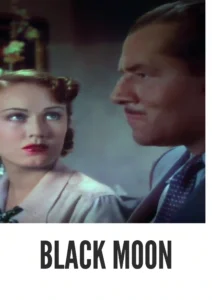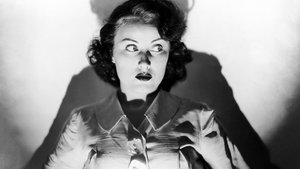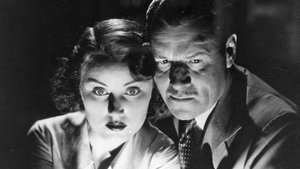Video Sources 0 Views
- Black Moon 1934 Colorized

Synopsis
Table of Contents
ToggleVoodoo, Romance, and a Tropical Curse: Black Moon (1934) in Vibrant Color

Dive into the exotic world of Black Moon, a captivating melodrama mystery from 1934, now beautifully colorized for a mesmerizing viewing experience. Directed by Roy William Neill, this film offers a blend of romance, suspense, and voodoo set against a tropical backdrop. Perfect for fans of classic cinema and those intrigued by tales of the mysterious, this HD download brings a unique and visually stunning film to your screen.
Black Moon Storyline: A World of Romance and Tropical Intrigue
Black Moon tells the story of Stephen Landis (Jack Holt) and his wife, Gail (Fay Wray), who travel to a remote Caribbean island, where Gail spent her childhood after being born on the island. As they settle in, they soon discover the island is gripped by a sinister voodoo cult led by Madame Mandilip (Beulah Bondi), who happens to be Gail’s old nanny.As the cult’s influence grows, Gail finds herself drawn back to the traditions of her youth, causing tension with Stephen. When their daughter is targeted by the cult, Stephen and Gail must confront the dark forces at play to protect their family. A suspenseful battle ensues, blending elements of romance and the supernatural, as they fight to break free from the island’s curse. Black Moon is a thrilling tale that explores themes of cultural identity, love, and the power of belief.
Movie Cast
The film features a talented cast of actors who bring this suspenseful story to life:
- Jack Holt as Stephen Landis
- Fay Wray as Gail Landis
- Dorothy Burgess as Juanita
- Arnold Korff as Dr. Bertrand
- Beulah Bondi as Madame Mandilip
Movie Genre
Black Moon falls into the genre of melodrama mystery, with elements of suspense and romance set in an exotic location. Its combination of a compelling storyline and atmospheric setting makes it an engaging and visually captivating film.
Historical Context: Early Horror and Cinematic Exploration
Released in 1934, Black Moon showcases early cinema’s fascination with exotic and supernatural themes. The film reflects the period’s interest in exploring different cultures and the darker aspects of human belief, while using the cinematic techniques of the era.
Colorization Details
This colorized version of Black Moon has been meticulously restored using modern digital techniques, enhancing the visual appeal while preserving the film’s original atmosphere. The colorization process involved carefully analyzing the grayscale tones of the original black and white footage and assigning appropriate colors to each scene. This painstaking process brings new life to the characters and settings, making the story even more engaging for modern audiences. While some may debate the merits of colorizing classic films, it introduces these films to a broader audience, ensuring their legacy for future generations.
Technical Details
- Director: Roy William Neill
- Screenplay: Wells Root
- Story: Clements Ripley
- Cinematography: Arthur L. Todd
- Edited by: Otto Meyer
- Production Company: Columbia Pictures Corporation
- Distributed by: Columbia Pictures Corporation
- Runtime: 68 minutes
Technical Specifications
- Download Format: MP4
- Resolution: HD (1080p)
- Compatibility: Compatible with most devices, including smartphones, tablets, computers, and smart TVs.
Reviews and Critical Reception
Black Moon (1934) offers a glimpse into early cinema’s exploration of voodoo and exotic themes. While it may not be considered a classic, it remains a fascinating and entertaining example of early cinema and a valuable piece for film enthusiasts. As a relatively obscure but intriguing film, Black Moon provides a unique perspective on the era’s cinematic themes.
FAQs
- Q: What is Black Moon about?
- A: Black Moon is a melodrama mystery about a family confronting a voodoo cult on a Caribbean island.
- Q: Is Black Moon (1934) a well-known film?
- A: Black Moon is one of the earlier and lesser-known works, offering a glimpse into the cinematic themes of its time.
- Q: Is this version of Black Moon colorized?
- A: Yes, this version has been professionally colorized to enhance the viewing experience.
- Q: What makes Black Moon interesting for film fans?
- A: Black Moon offers valuable insights into early cinema, showcasing its exploration of suspenseful and exotic stories.
- Q: What is the download format?
- A: The download format is MP4, which is compatible with most devices.
- Q: What resolution is the download?
- A: The resolution is HD (1080p), providing a high-quality viewing experience.
Download Now in HD!
Watch Black Moon Today!












